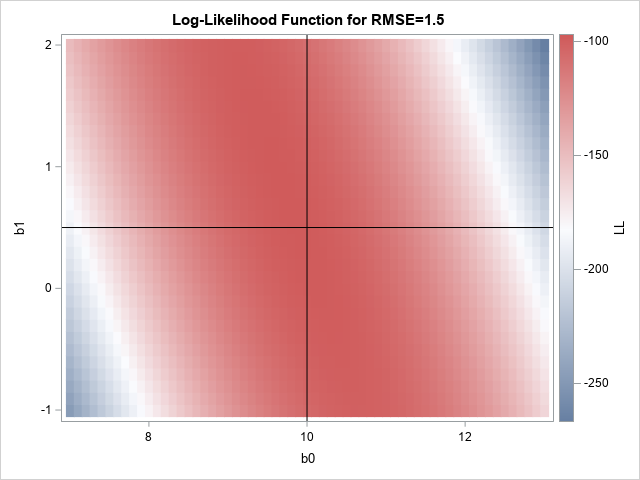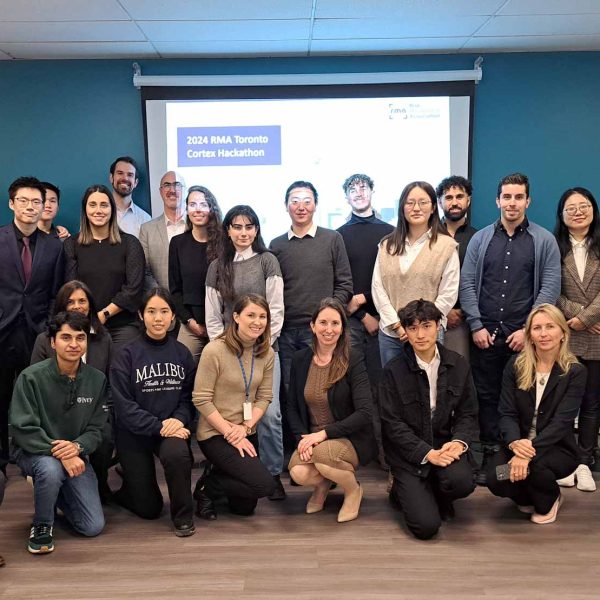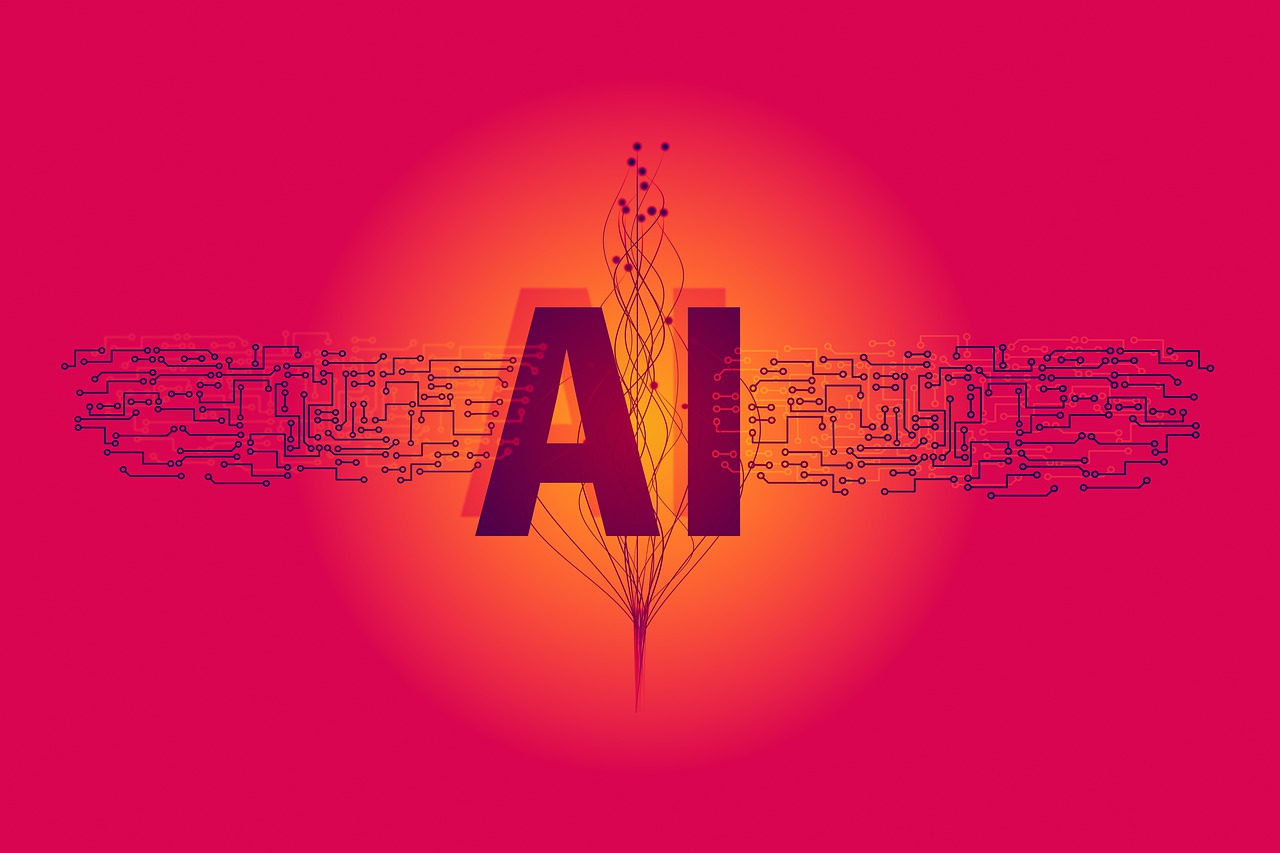All Posts

You’ve seen the agenda. You’ve perused the keynotes. You’re ready for SAS Innovate! But what if you’re not going to Vegas? No problem! Hear from our host, Dominique Weatherspoon, what she's excited to see on stage at SAS Innovate 2024 and how you can watch. For those not at SAS, the

SAS Enterprise Guide 8.4 is released, and it supports connections to SAS Viya to run SAS programs, access data, and more!

Concerns about risk and the fear of change can be some of the biggest barriers to career development. Following the release of her book Leap: Why It’s Time to Let Go To Get Ahead in Your Career, author Jessica Galica invites you to reframe your view on risk. Speaking for

Estamos quase na Semana Santa o que, por ser uma das épocas em que mais viagens se realizam por todo o país, pode apresentar vários desafios à rede rodoviária e aos sistemas de transporte. A variabilidade nos padrões de movimento durante estas datas acrescenta uma camada adicional de complexidade, o

1. ‘SAS 컨테이너 런타임’이란? SAS는 SAS Viya 2021.1.1.3에서 SAS 컨테이너 런타임(SAS Container Runtime, 이하 SCR)을 출시했으며, 그 이후 많은 고객이 운영환경에서 SCR을 구현했습니다. 이 혁신적인 런타임 엔진은 SAS 모델과 의사결정을 Open Container Initiative (OCI) 호환 컨테이너에 배포하는 역할을 합니다. SCR은 표준 기술을 사용하여 SAS Viya 외부에서 모델과 의사결정을 실행합니다. 클라우드

A statistical analyst used the GENMOD procedure in SAS to fit a linear regression model. He noticed that the table of parameter estimates has an extra row (labeled "Scale") that is not a regression coefficient. The "scale parameter" is not part of the parameter estimates table produced by PROC REG

In the ever-evolving landscape of media, understanding how different generations consume content is crucial. Deloitte's report on Digital Media Trends 2023 sheds light on these generational disparities, highlighting a clear shift towards online experiences among younger audiences. This trend presents both challenges and opportunities for businesses, as they grapple with how

Trustworthy AI is dependent on a solid foundation of data. If you bake a cake with missing, expired or otherwise low-quality ingredients, it will result in a subpar dessert. The same holds for developing AI systems to handle large amounts of data. Data is at the heart of every AI

Careers in risk management can be rewarding. The disciplines are key to a broad range of industries. Risk management teases the analytical side of the brain and there is a clear line of contribution between the work and the organization's performance. Careers in risk management are also shrouded in mystery

Es una realidad que la IA es una herramienta muy valiosa para combatir el fraude, ya que su capacidad para analizar datos y detectar patrones sospechosos supera en muchos casos la capacidad humana. Sin embargo, el uso de modelos de Machine Learning en nuestros sistemas de detección de fraude puede

At SAS Innovate in Las Vegas, attendees should be excited for many reasons. From inspiring keynote speakers to breakout sessions sure to teach you something new and more, this event will have something for everyone to enjoy. Just take the SAS Innovation Hub for example. This interactive space is the

Growing up involves a long process of discovering more about ourselves and the world around us. Looking back at our younger selves' decisions and thought processes can leave a sense of laughter, embarrassment, growth or even pride. Thinking about how far you’ve come as a person can be rewarding. For

Aqui o ambiente é extremamente saudável, eu me sinto desafiada o tempo inteiro. Mas é aquele desafio bom em que você se sente segura, e a liderança está sempre aberta a te ouvir. Destaque do mês de março na série Orgulho de Ser SAS, Mariana Nogueira é formada em relações

Consultoras como McKinsey calculan que IAG podría agregar entre 2.6 y 4.4 billones de dólares a la economía global, mientras que IDC señala que es tal la acogida de este tipo de soluciones que el gasto de las empresas por ellas ya se acercó a los 20 mil millones de

En un contexto de cambios acelerados, el Banco Popular, una de las instituciones bancarias líderes en Colombia, ha demostrado que los tiempos de mayores retos pueden convertirse en oportunidades de transformación. Durante los desafíos de la pandemia, el banco se propuso llevar su estrategia de gestión de riesgo crediticio a












